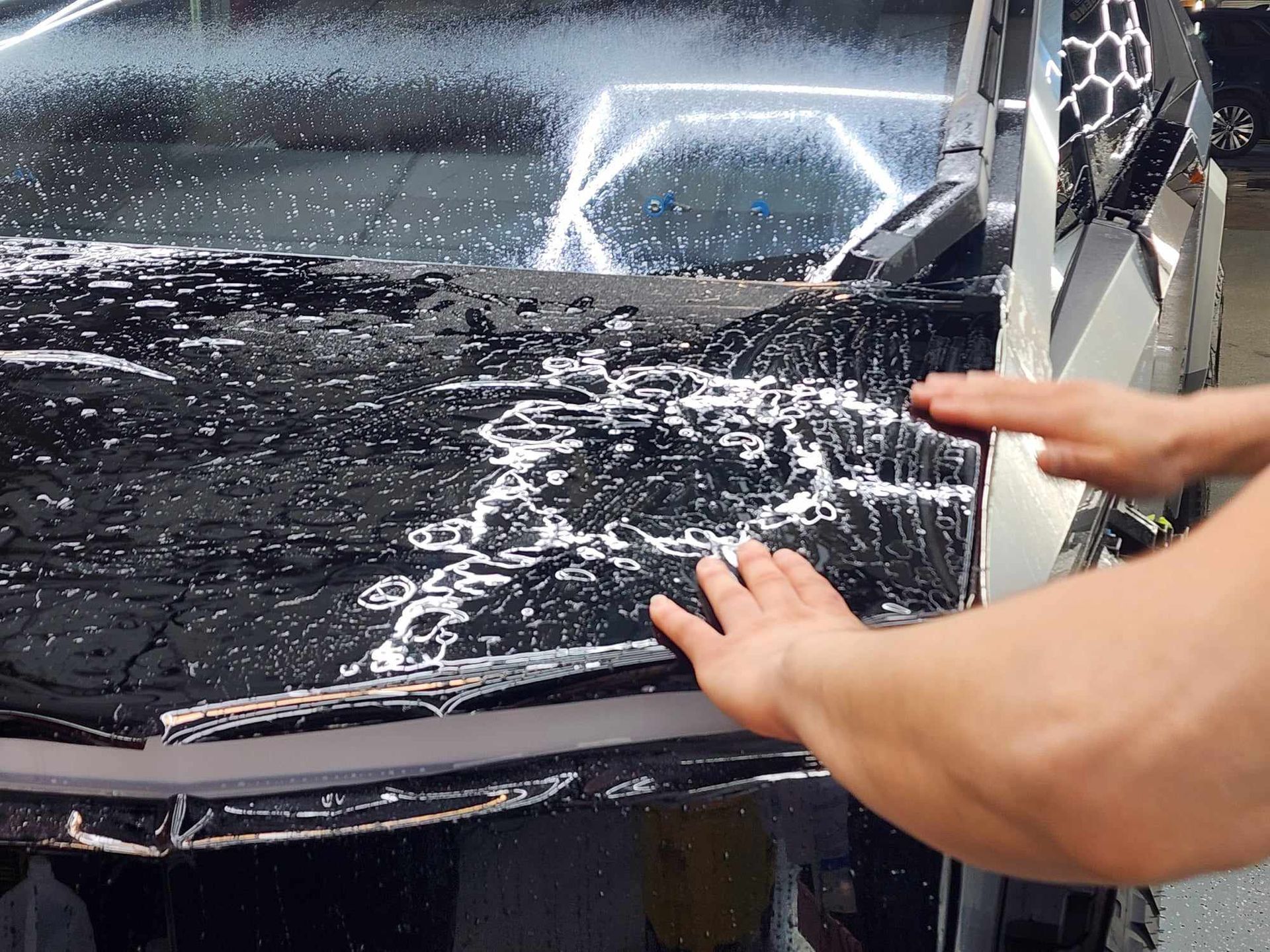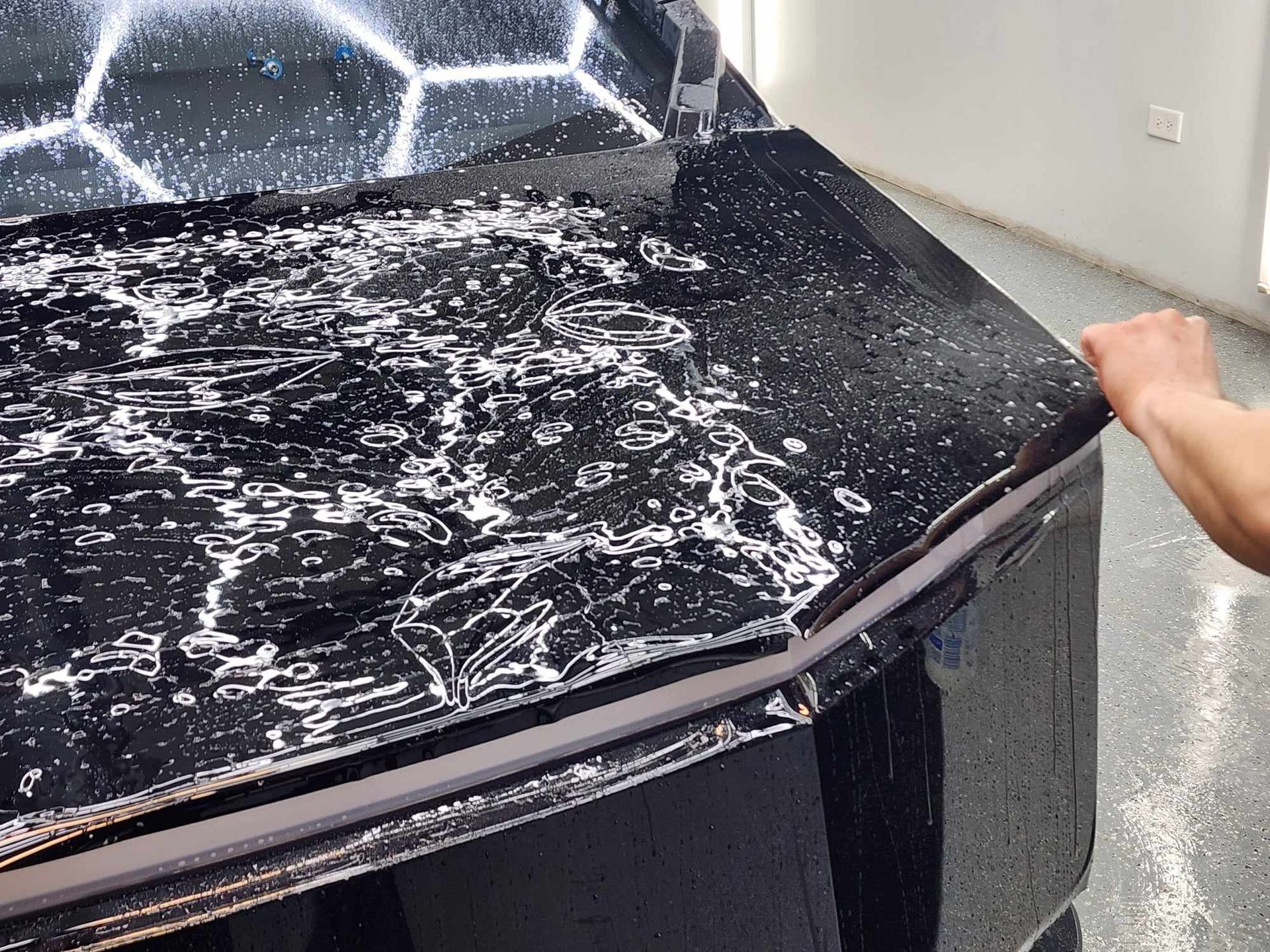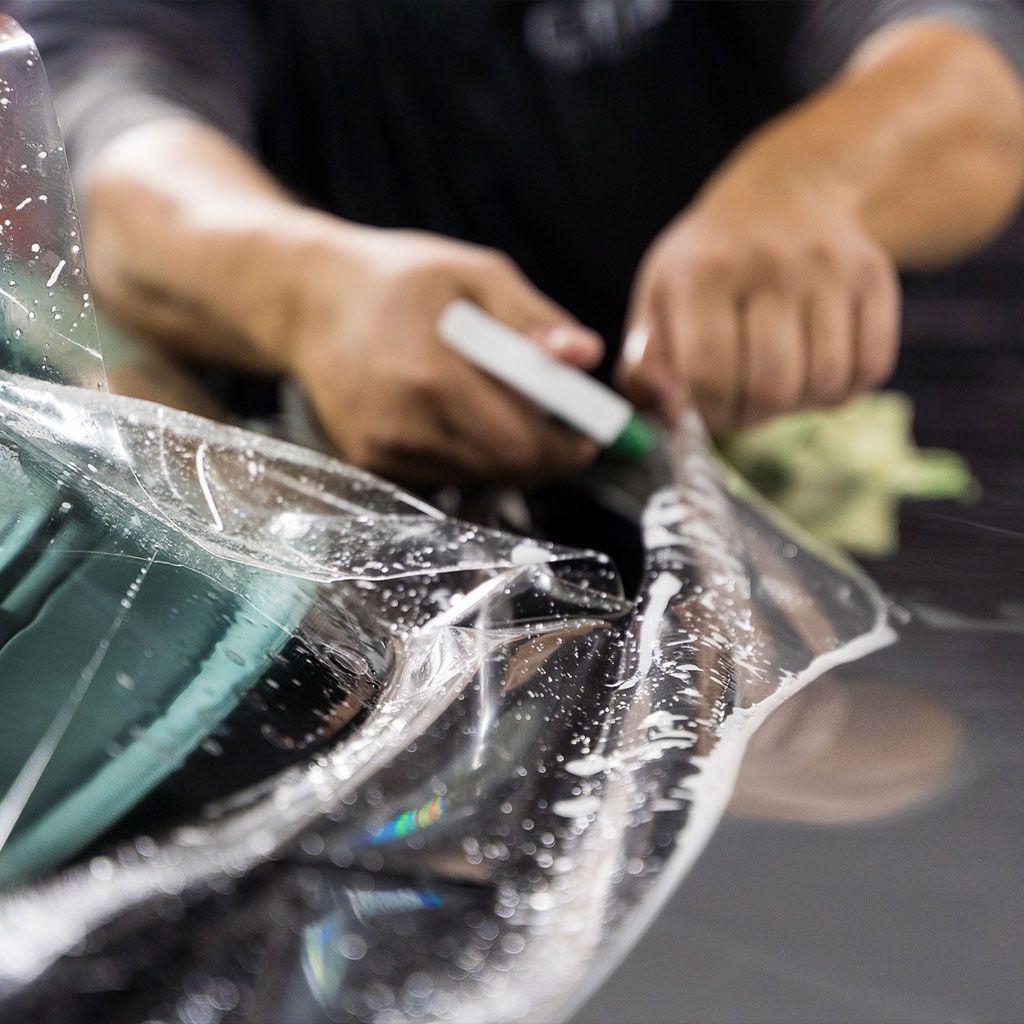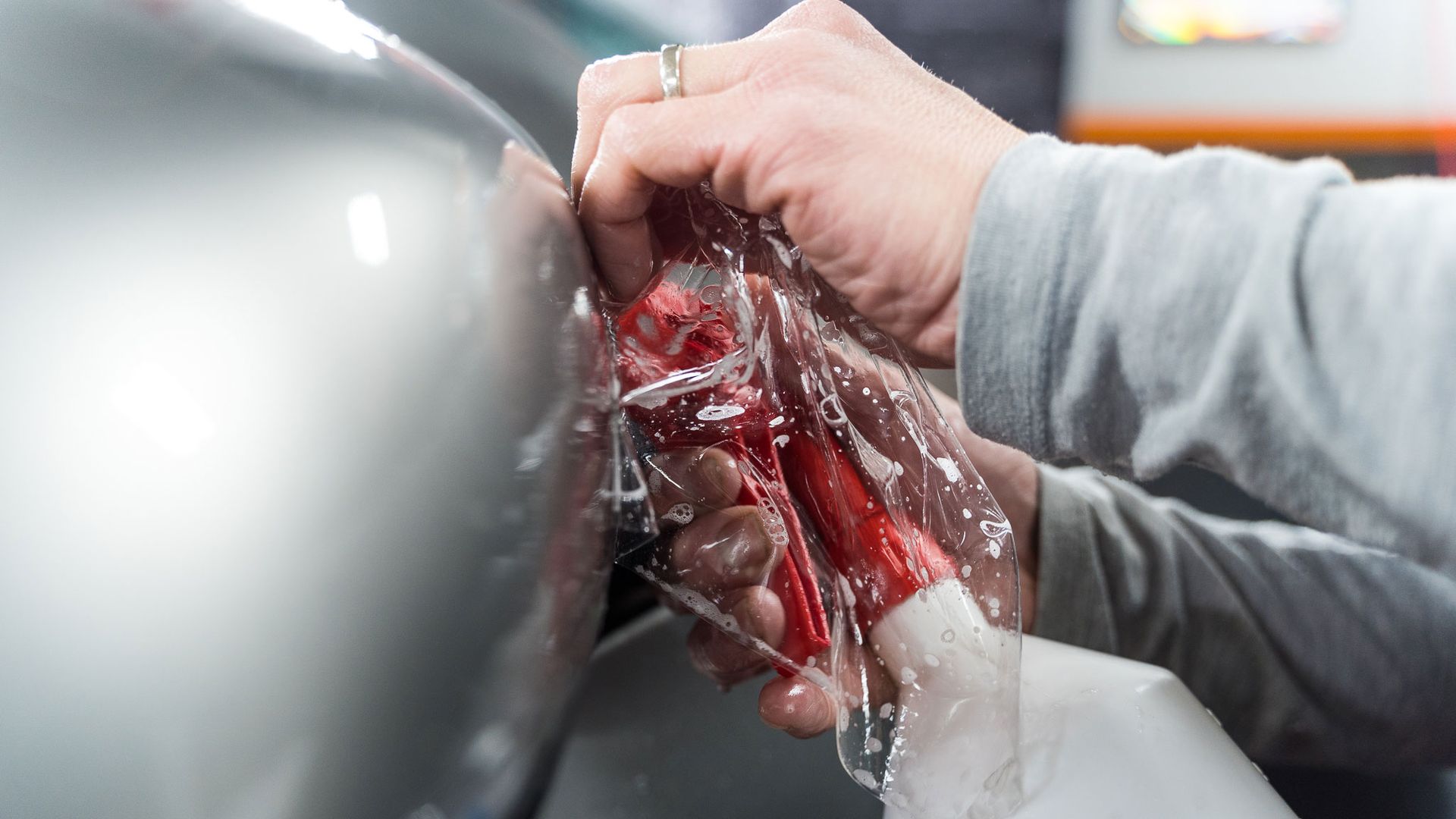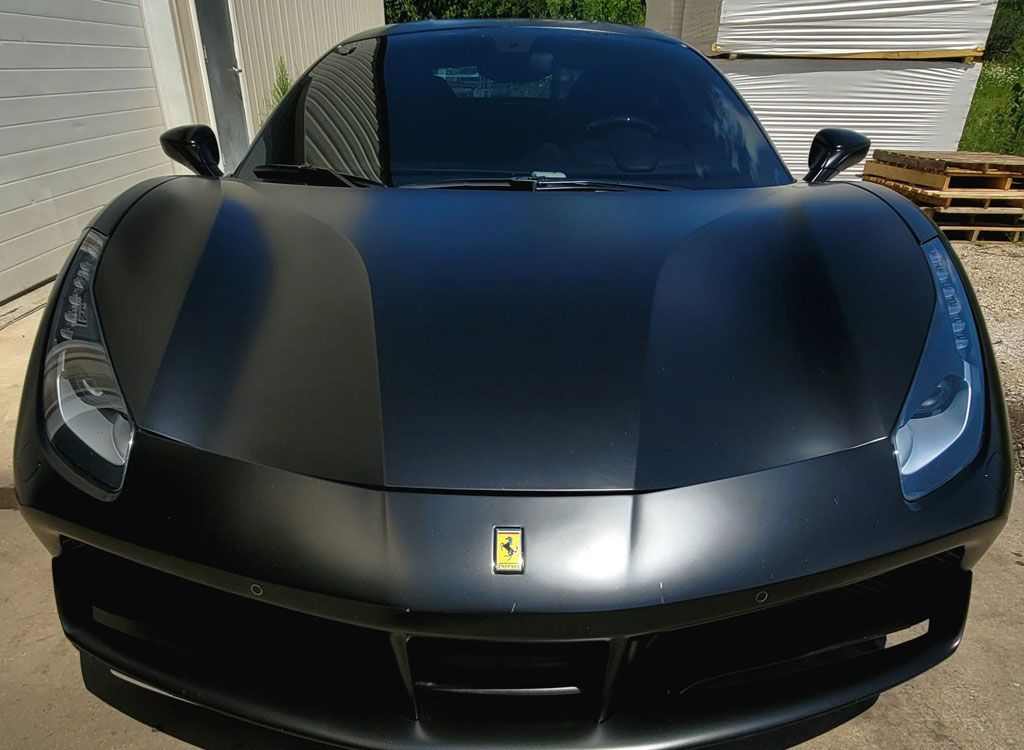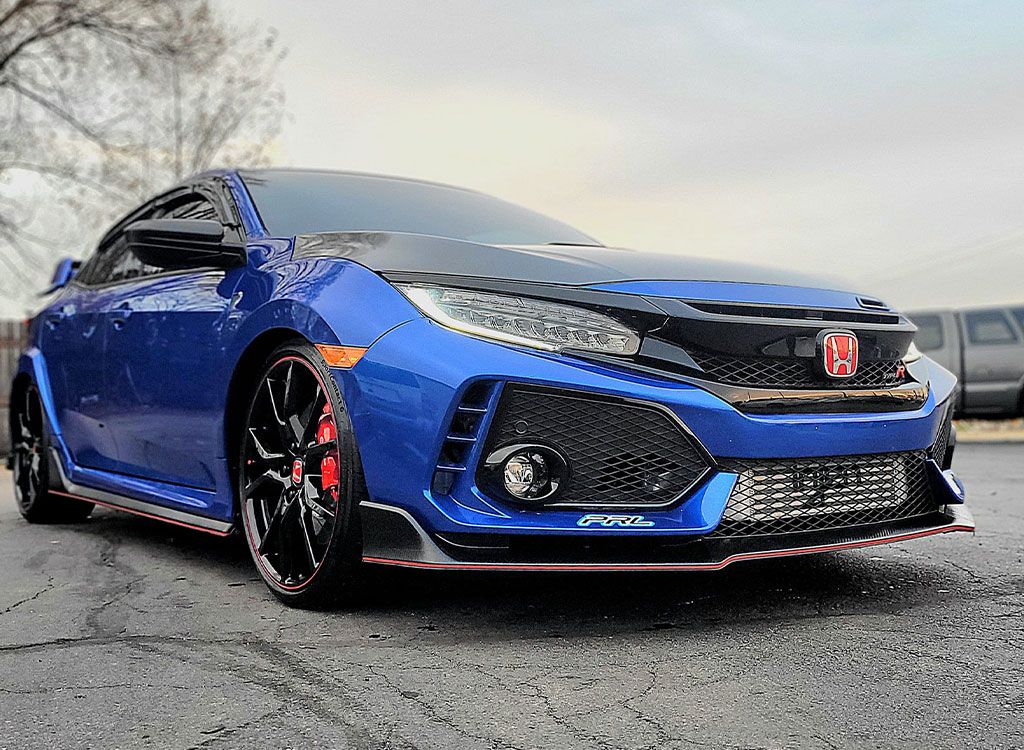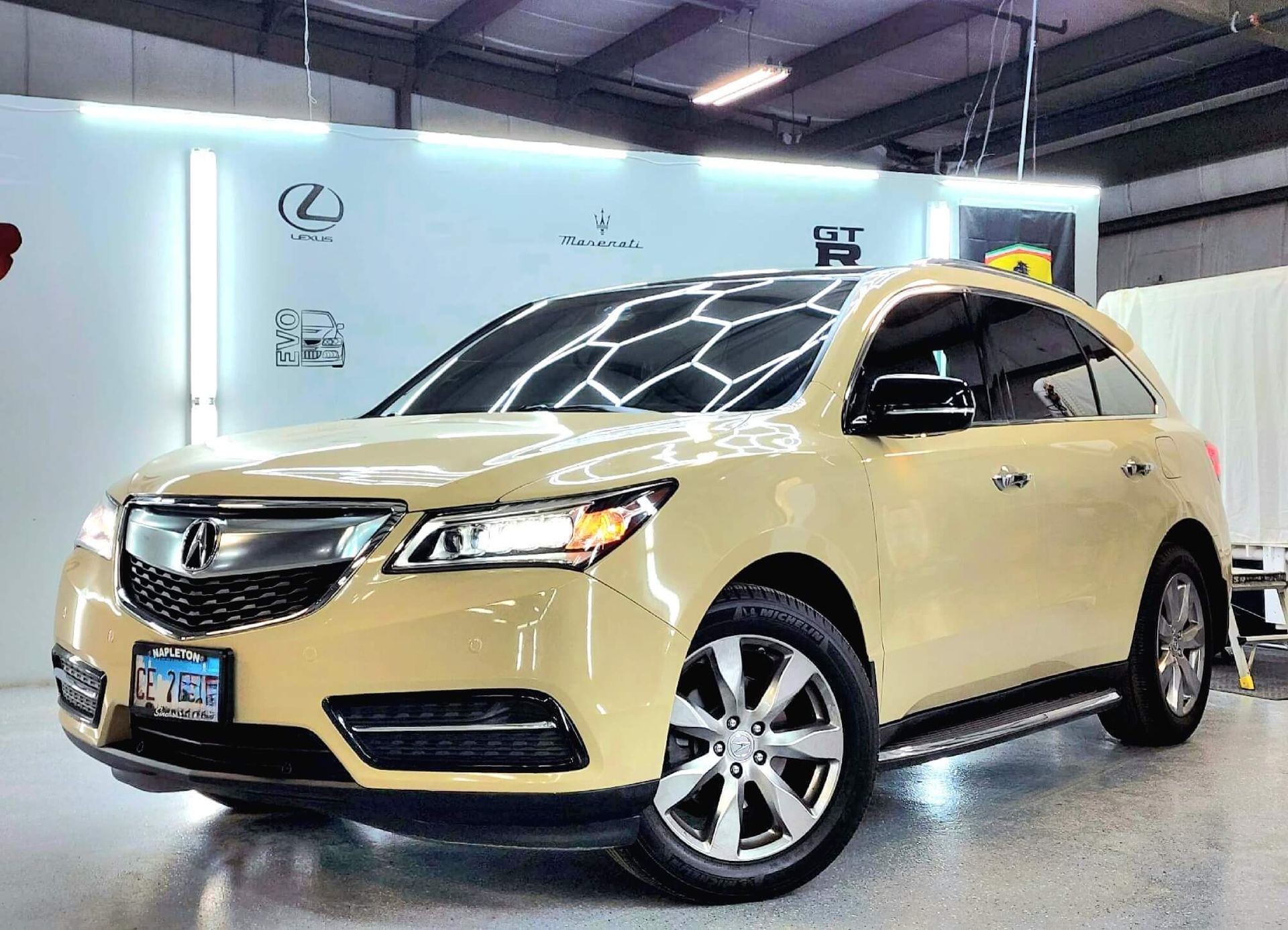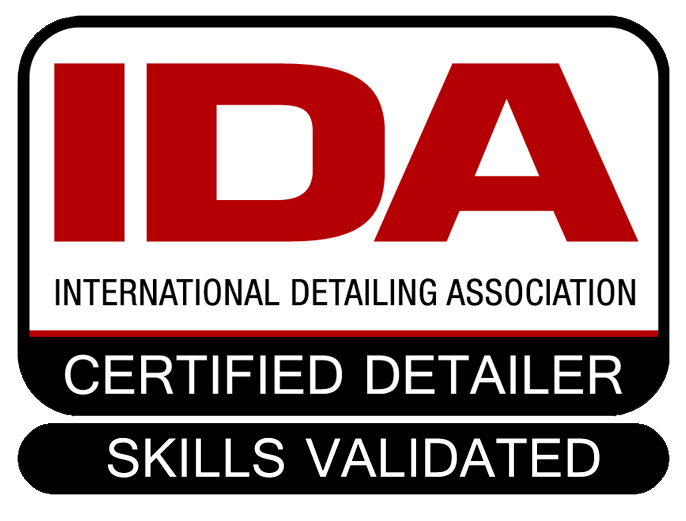Understanding the Cost Factors of PPF Installation: Pricing and Expenses Explained
When protecting your prized vehicle with paint protection film, there’s more to consider than simply picking a film and slapping it on. The real question is: What drives the cost of this essential car shield? Imagine your favorite sports car—every sharp curve and sleek edge might look magnificent but requires skilled labor and time to cover effectively with PPF.
The cost of paint protection film installation is influenced by multiple factors, including the size and complexity of the vehicle, the brand and quality of the film used, the experience of the installer, and any customization options chosen. For instance, larger vehicles generally require more PPF material and labor time for installation, leading to a higher overall cost. Additionally, opting for high-quality films backed by solid manufacturer warranties can command higher prices due to their better aesthetics and superior durability.
Factors Influencing PPF Installation Cost
The cost of installing paint protection film on your vehicle depends on several key factors. Firstly, let's talk about the design complexity of your vehicle. The more intricate and detailed your vehicle's design is, the more skill and time it takes to properly apply the film, leading to an increase in cost. Think about it as if you're customizing clothing; a simple design will take less time and effort compared to a complex, detailed one. It’s all about the curves, edges, and body lines—each requiring meticulous attention during installation. The time and effort required for this precision work naturally contribute to the overall expense of the PPF installation.
- Size Matters: Another important consideration is the size of your vehicle. Larger vehicles simply demand more material and labor due to their size, which significantly impacts the overall price. A full-size SUV such as a Chevrolet Suburban involves covering a larger surface area compared to a compact car like a Mini Cooper. This increased coverage translates to higher paint protection film costs due to the additional need for materials and labor.
- Brand Quality: The brand of PPF you choose certainly plays a significant role in determining the overall cost. Premium brands offer films with enhanced durability, superior clarity, and extended warranty periods. These high-quality films come with a higher price tag, making them more expensive than lower-end alternatives. However, their solid manufacturer warranties and longer lifespan contribute to their higher cost. The quality and benefits associated with premium paint protection film brands justify their comparatively higher prices.
- Installer's Experience: Lastly, consider who will be handling the installation. Experienced installers bring knowledge and expertise to ensure high-quality work, but they may demand higher prices due to their reputation. On the other hand, an installer with less experience might offer lower rates but could compromise on quality.
It's clear that multiple factors contribute to the cost variations in paint protection film installation - from the complexity of your vehicle's design to the quality of the film and the skill level of the installer. Understanding these factors can help you make an informed decision when investing in PPF for your vehicle.
Material Costs and Quality
When it comes to paint protection film, the quality of the materials matters a great deal. High-quality films are designed to offer superior protection and durability, often justifying their higher price tags through extended warranties and enhanced features. Let's explore the key aspects of material costs and quality in PPF installation.
- High-Quality Films: Premium paint protection film products stand out for their exceptional protective capabilities. These films are engineered to provide top-tier defense against scratches, stains, and UV damage, ensuring that your vehicle's paint remains in pristine condition. While standard films typically range between $2-$5 per square foot, high-quality options can cost anywhere from $7-$10 per square foot. What distinguishes these premium films is not just their protective qualities but also their longevity, often offering extended warranties of up to 10 years. This means that investing in high-quality paint protection film can translate into long-term value and peace of mind for vehicle owners.
- Multi-Layer Construction: One defining characteristic of higher-end paint protection films is their multi-layer construction. For instance, a three-layer film may comprise a clear coat layer, a polyurethane layer, and an adhesive layer. This intricate construction contributes to superior durability and protection against external elements. However, this advanced engineering does come at a higher cost than single-layer or simpler PPF designs. While multi-layer constructions do elevate the price of paint protection film installation, they add resilience and longevity to the protective film.
- Enhanced Features: Beyond fundamental protection, some PPFs boast additional features that enhance their practicality and aesthetic appeal. These features may include self-healing properties that allow the film to repair minor scratches on its own, hydrophobic properties that repel water and contaminants, and superior optical clarity for seamless integration with your vehicle's appearance. While these enhancements undoubtedly enhance the material quality of PPF, they also contribute to an increase in material costs. The investment in paint protection film with enhanced features translates into elevated protection and visual appeal for your vehicle.
Understanding the nuances of material costs and quality in relation to paint protection film installation sheds light on how different product attributes can impact pricing. By evaluating these factors thoughtfully, vehicle owners can make informed decisions when selecting the most suitable paint protection film for their specific needs.
Installation Time and Labor Costs
When it comes to installing paint protection film, numerous factors influence the time required and, consequently, the labor costs involved. The complexity of your vehicle is a key determinant that impacts the hours of labor needed for a successful installation. Vehicles with intricate body designs, such as sports cars or luxury models, often require more time due to their challenging curves and surfaces. Even seemingly straightforward steps like washing the vehicle before applying the film can be incredibly detailed on high-end cars. With precise attention to every nook and cranny, this step ensures that the adhesive bonds perfectly and that any dust or imperfections are eliminated before installation.
Paint correction involves meticulous care in ensuring the vehicle's paint surface is flawless before adding the paint protection film. These detailed processes add extra time requirements and subsequently increase labor costs. For instance, a standard car might require around 10–20 hours for a complete paint protection film installation. However, more complex vehicles with intricate designs and contours may demand significantly more time—up to 30–40 hours. This variation directly impacts the overall labor costs involved, contributing significantly to the final pricing.
Moreover, hourly rates for PPF installation are typically charged by detailing shops and can range from $50 to $100 per hour. It is important to note that these rates are not only inclusive of the physical application of the film but also account for prep work, such as thorough cleaning and surface preparation, which are essential for optimal adhesion. The comprehensive process of applying paint protection film involves multiple intricate steps that each demand careful attention and expertise. To ensure a smooth and flawless surface for the application of the film, this entails meticulous washing and paint correction. Each of these steps demands time and expertise, consequently influencing labor costs.
Therefore, understanding the detailed processes involved in paint protection film installation, along with the varying hourly rates based on vehicle complexity, sheds light on how both installation time and labor costs significantly impact the overall pricing structure for PPF services.
Benefits of High-End PPF Products
Selecting a high-quality paint protection film for your vehicle can bring numerous advantages, both in terms of protective capabilities and aesthetic appeal. High-end paint protection films are engineered to provide superior protection against various external elements, from preventing scratches and UV damage to elevating the overall look of your vehicle.
- Superior Protection: For those who value the longevity of their vehicle's pristine appearance, high-end paint protection films offer unparalleled defense against the hazards of the road. These top-tier films are designed to shield your vehicle's paint from road debris and minor abrasions, ensuring it maintains its flawless finish for years. Moreover, their advanced formulation also provides exceptional UV radiation protection, preserving the vibrant color of your car's paint job over time. But what truly sets these premium films apart are their self-healing properties. If your vehicle encounters a minor scratch, these innovative films have the remarkable ability to repair themselves when exposed to heat, causing those pesky scratches to magically disappear.
- Extended Warranty: Opting for top-of-the-line paint protection films also comes with the added benefit of an extended warranty that offers long-term peace of mind. These comprehensive warranties often provide coverage for up to 10 years, safeguarding against issues like yellowing, peeling, and cracking. With such extensive protection in place, you can drive with confidence, knowing that any potential film-related concerns are taken care of. The extra layer of security is invaluable - think about it like investing in a sturdy insurance plan for your car's exterior. It's not just about preventing damage; it's also about having a safety net in place for any unforeseen issues that may arise down the road.
- Enhanced Appearance: In addition to shielding your vehicle from harm, high-end paint protection films elevate its visual appeal without altering its original color. The result is a clear and glossy finish that accentuates the natural beauty of your car while providing exceptional protection. This enhanced appearance doesn't just make your vehicle stand out on the road; it also contributes to increasing its resale value. Consider it akin to enhancing a piece of artwork with a protective layer that not only shields it from potential damage but also accentuates its beauty. Whether you plan on keeping your vehicle for years or intend to sell it at some point, the enhanced appearance derived from premium PPF installation adds an undeniable allure, making it an investment with long-lasting benefits.
By selecting high-end paint protection films for your vehicle, you're not only prioritizing its protection but also elevating its aesthetic appeal while securing long-term peace of mind—a combination that delivers unparalleled value for any discerning car owner.
Additional Cost Considerations
When it comes to a significant decision like investing in paint protection film, several considerations can potentially influence the overall cost. These factors not only determine the financial commitment but also affect the final outcome of the installation. Let's take a closer look at what additional features and considerations might impact the total expenses.
Coverage Options: Full vs. Partial
The choice between full or partial coverage for your vehicle can have a substantial effect on the overall price Opting for full coverage offers complete protection for your vehicle's paintwork, safeguarding it against various environmental hazards and wear and tear. However, this comprehensive protection comes with a higher price tag due to the increased material and labor costs. Conversely, partial coverage is a more budget-friendly option for individuals seeking targeted protection for specific vulnerable areas of their vehicles.
Customization and Special Finishes
Customization options such as matte finishes, colored films, or specialized textures can significantly add to the overall cost of paint protection film installation. These unique finishes allow vehicle owners to personalize their protection while enhancing the aesthetics of their vehicles. However, it's important to note that custom PPF installations often come with a price premium ranging from 10-20% more than standard clear options. These customization options not only elevate the visual appeal of the vehicle but also contribute to its distinctiveness on the road. When considering customization, it's essential to weigh the value of personalization against the associated incremental costs to ensure that your investment aligns with your preferences and budget.
Environmental Considerations and Facility Factors
The environment in which the paint protection film is installed plays a crucial role in ensuring the quality and durability of the application. Additionally, locations with higher rents or operational expenses may reflect these overhead costs in their service charges. This implies that customers receive services in well-maintained facilities with advanced equipment and trained technicians but they may also incur slightly higher fees due to the shop's operational costs.
Each of these additional cost considerations plays a pivotal role in tailoring paint protection film installations to individual needs while reflecting variations in prices based on selected coverage options, customization preferences, and environmental factors. Understanding these key cost factors equips consumers with valuable insight into the pricing dynamics of PPF installation, enabling them to make informed decisions aligned with their specific vehicle requirements and budget considerations.
Leading Provider of PPF Services in Elgin, IL
Transform your vehicle's protection and appearance with CM3 Detailing Studio & Ceramic Coating,
the premier provider of top-notch paint protection film services in Elgin, IL. At CM3 Detailing Studio & Ceramic Coating, we combine cutting-edge technology with expert craftsmanship to ensure your car is shielded from the elements, scratches, and road debris. Our high-quality PPF solutions are designed to maintain your vehicle's pristine condition, enhancing both its longevity and value. Trust CM3 Detailing Studio & Ceramic Coating for unparalleled service and results that exceed expectations. Schedule your appointment today and experience the ultimate in automotive protection. Call us at
(630) 400-6766 to get started!

